
Today sees the launch of (S)Peakeasy, a national campaign to rename key British mountains.
The campaign seeks to highlight the problems faced by visiting hillwalkers, climbers and tourists in areas of strong Welsh and Gaelic-speaking influence. Long term it hopes to build consensus for the idea of straightening out some of the famously tongue twisting hill names that can trip up Anglophone visitors. Supporters claim this could boost the tourist industry in recession-hit rural areas, and might even make it easier for local mountain rescue teams to locate casualties.
'At present you could put in an emergency call for assistance on Triffin, Trurvan or Try Fan and you'd be talking about the same mountain' explains (S)Peakeasy spokesman Ian Comer. 'That ambiguity might cost vital time, so what's needed is standardisation.'
But (S)Peakeasy's thinking goes beyond simple practicality, incorporating notions of inclusiveness and cross-community cohesion too.
'What we have now in places like Snowdonia and Scotland is a sort of linguistic exclusion' he goes on.
'English is the world language spoken by billions, while Welsh and Gaelic are marginal tongues understood by only a few tens of thousands of people. English speakers can get by almost anywhere, yet they still face barriers to comprehension on their own doorstep. Who outside the local Welsh speaking community can properly pronounce Moel Ysgyfarnogod, for instance? And how many people can say what Braigh Coire Chruinn-Bhalgain even means?'
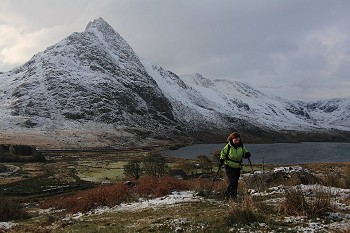
'It would be a great help to tourism if more visitors knew that Schiehallion is actually the Fairy Hill of the Caledonians, and that Pen Llithrig y Wrach means Slippery Hill of the Witch' enthuses Euan Kerr, (S)Peakeasy's Director of Policy. 'These are lovely romantic names, so why can't we just say them in plain English?'
'The upland region with the healthiest tourist industry by far is the Lake District, and that's due in no small part to their easily pronounced hills' he explains. 'Blencathra, Skiddaw, Helvellyn – no one has a problem getting their tongues around straightforward English names like these. But you try saying Mynydd Tal-y-Mignedd without showering your companions in spittle. That linguistic hurdle has a direct bearing on where visitors chose to spend time and money.'
But in its bid to make our hills accessible to all (S)Peakeasy aren't looking to totally erase their original names. Instead they propose the introduction of a dual name system that respects both local tradition and the dominant national culture, citing successful international examples such as New Zealand's Aoraki-Mount Cook and Everest-Chomolungma-Sagamartha on the Nepal/Tibet frontier.
But if they hope to convince traditionalists then the campaign will have a mountain to climb. Many are hostile to the idea of linguistic consolidation.
'Mount Ogwen? Ych-a-fi!' exclaims Polly Glot of Snowdonian grassroots organisation Meibion Eryri.
'We don't install ladders across cliffs; if we want to climb them, we learn the appropriate skills. We never build railways up mountains; getting to the top takes effort. Why should hill names be any different? Welsh and Gaelic might take practise but they are wonderful rich tongues. It would be far better to work at learning a bit than to airbrush them off the map just for a more manageable mouthful.'
(S)Peakeasy are concentrating initial efforts on a few key hills:
Mynydd Mawr – Pachyderm Peak
'Big Mountain? That's about as boring as it is tautological' scoffs Ian Comer. 'They say it looks like a sleeping elephant from some angles, and while I can't see the resemblance myself the new name is one of the best I've herd.'
Tryfan – Mount Ogwen
'It's not the highest peak in the Glyders, but it's certainly the most prominent' says Ian Comer. 'It's the iconic symbol of Snowdonia so it should have a name with suitable gravitas, and more importantly one that everyone can pronounce and spell properly, even journalists.'
Suilven – Sugarloaf Mountain
'Nobody really knows the origin and correct translation of the present name' says Euan Kerr, 'but 18th Century explorer Thomas Pennant, who was the first person to lay eyes on the hill, dubbed it Sugarloaf Mountain. That sounds pretty sweet to my ears.'
An Teallach – The Forge
Its spectacular sandstone spires glow red in the sunset like the flames of a blacksmith's hearth. (S)P believe more people should be able to appreciate the metaphor; the English half of its proposed double barrelled name is just a straight translation from the Gaelic. 'The locals are onto something with this one' says Euan Kerr 'I think we'd struggle to do better.'
Liathach – The Beast
As a name the Grey-ish One may accurately reflect the mountain's scree quotient, but few would claim the Gaelic moniker really grips the imagination. 'This is one of the most hostile and moody mountains in the whole of Scotland' claims Euan Kerr. 'But the best we can find to say about it is that it's a little bit off-white? Tourists would much prefer to be told "here be monsters". Nessie rakes it in, so why shouldn't Torridon have a slice of the dinosaur dollar too?'



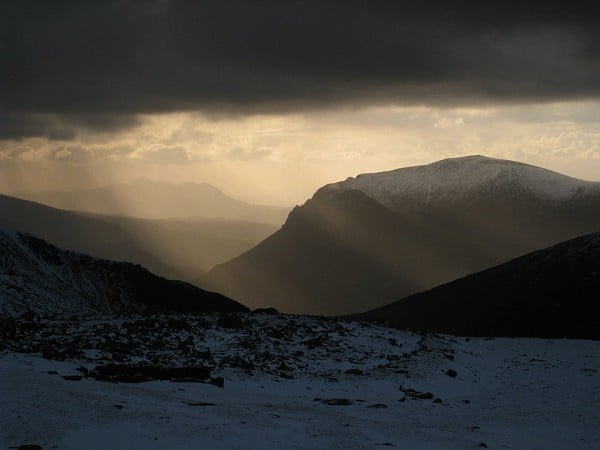







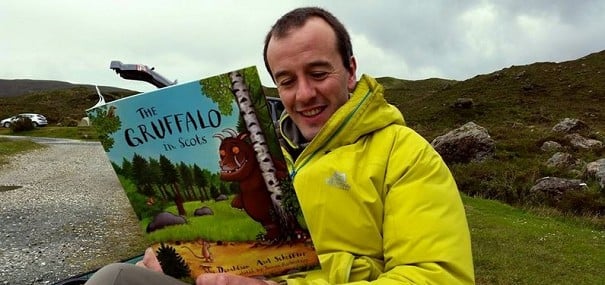


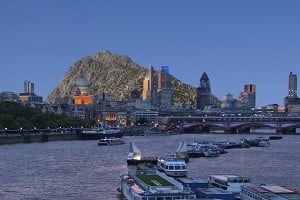
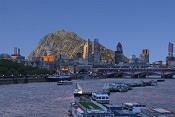


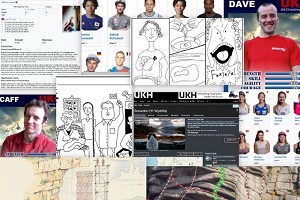

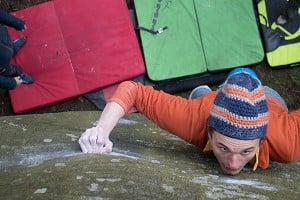
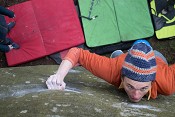




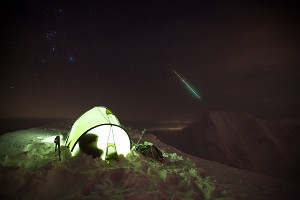
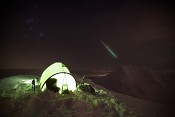

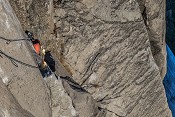
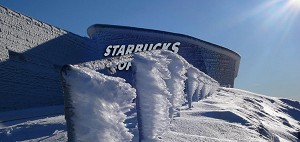



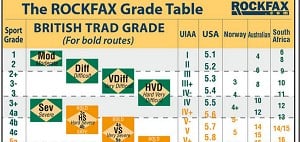



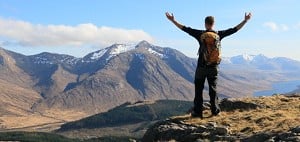



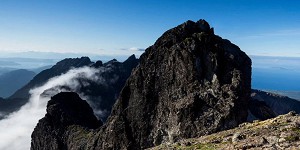

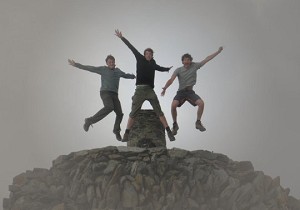
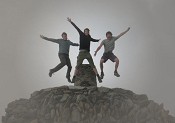
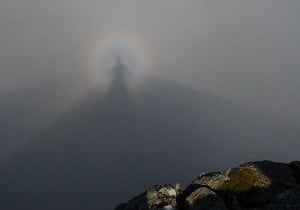
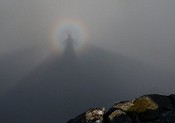
Comments